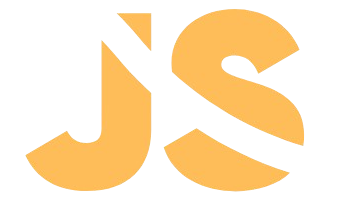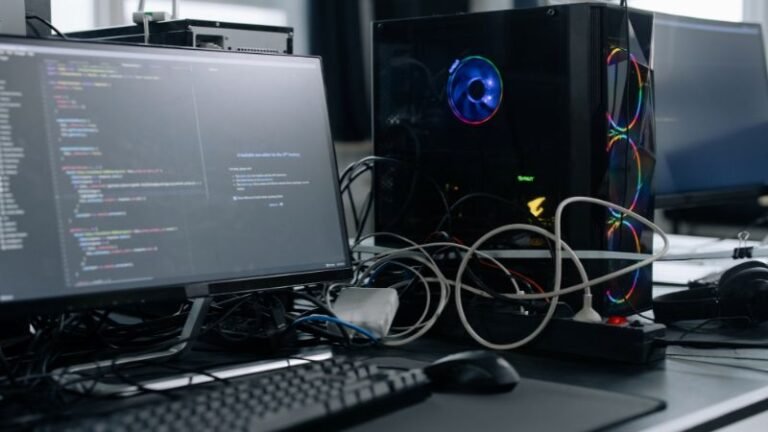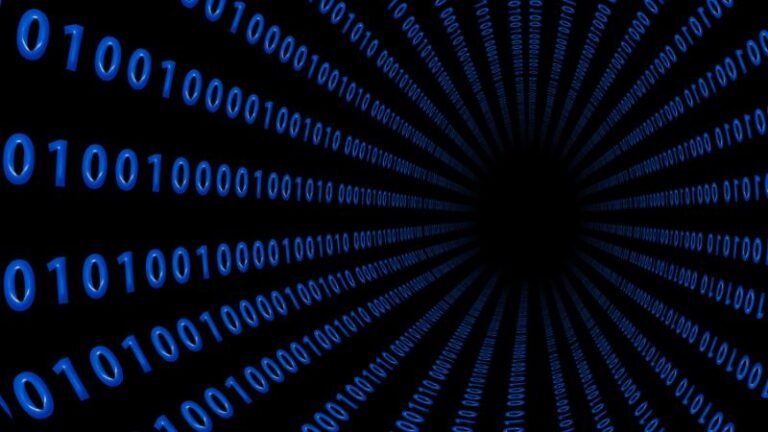Are you planning to start your programming journey in 2025 but confused about where to begin? Don’t worry! Let’s break it down step-by-step to help you choose the right path and programming language based on your goals and interests.
Understanding Programming Languages
Before diving into specific languages, it’s important to understand that there isn’t a single “best” programming language. Each programming language serves a different purpose, and no single language can cover everything — from placements and internships to developing websites, apps, games, or exploring fields like machine learning.
However, starting with one solid language will make it easier to learn others over time. Your choice of language should align with your specific goals.
Identify Your Goals
To decide which programming language to learn first, ask yourself:
- Do I want to prepare for placements?
- Am I interested in web development or app development?
- Do I want to explore machine learning, data science, or game development?
Let’s explore some common goals and the recommended languages for each.
1. Preparing for Placements
For most students from technical backgrounds (like B.Tech, BCA, or B.Sc Computer Science), the primary goal is to secure a good placement. In India, companies often evaluate candidates based on Data Structures and Algorithms (DSA).
Best Languages for DSA:
- Java
- C++
- Python
Both Java and C++ are widely used for competitive programming and are highly recommended for DSA preparation. You can master DSA concepts in 4–5 months with dedicated effort. Start with either of these, depending on your curriculum or personal preference. Python is also a viable option but is less commonly used in competitive coding.
2. Web Development
If you want to build websites, web development is the way to go. This field offers numerous job opportunities and is a practical skill to have.
Where to Start:
- Begin with HTML and CSS to understand the basics of web structure and design.
- Then, learn JavaScript, the most popular language for web development. It’s versatile and allows you to work on both the front-end and back-end (using frameworks like Node.js).
If you’re focused on back-end development, you can explore languages like Python (Django/Flask) or PHP later.
3. Machine Learning, AI, and Data Science
For students aiming to explore machine learning, artificial intelligence, or data science, Python is the go-to language. Python’s simple syntax and powerful libraries like NumPy, Pandas, and TensorFlow make it perfect for these fields.
Start by mastering Python, then dive into machine learning libraries and frameworks.
4. App Development
App development is another exciting field with growing demand. Here’s how you can start:
- Android Development: Begin with Java and later explore Kotlin.
- iOS Development: Start with Swift, Apple’s dedicated language for iOS apps.
- Cross-Platform Development: If you want to build apps for both Android and iOS using the same codebase, learn React Native. Note that React Native is a framework built on JavaScript, so you’ll need JavaScript basics first.
5. Game Development
If you’re interested in game development, focus on these two languages:
- C++: Commonly taught in colleges and widely used in game engines like Unreal Engine.
- C#: Essential for working with Unity, another popular game development platform.
What If You’re Just Exploring?
If you’re learning to code out of curiosity or for fun, start with Python. Its beginner-friendly syntax makes it easy to grasp. It’s also widely applicable across fields, from scripting to web development.
Key Advice for Beginners
- Start Now: Don’t overthink your choice. The key is to start learning and practicing coding consistently.
- Focus on One Language: Build a strong foundation in one programming language before moving on to others.
- Practice Regularly: Coding is a practical skill. Spend time solving problems, building projects, and experimenting.
- Expand Over Time: Once you’re comfortable with your first language, explore others as needed for specific projects or career paths.
Example Learning Path for Students
- Start with DSA using Java or C++ (4–5 months).
- Transition to web development (HTML, CSS, JavaScript).
- Build projects to strengthen your portfolio and resume.
Final Words
In the tech industry, adaptability and continuous learning are essential. It’s okay to feel confused initially, but the most important step is to start. With time and consistent effort, you’ll become proficient in multiple languages and technologies.
So, take the first step today. Choose your goal, pick a language, and begin your coding journey. Remember, every line of code you write is a step closer to your dream career.
Best of luck on your programming journey in 2025! 🚀






